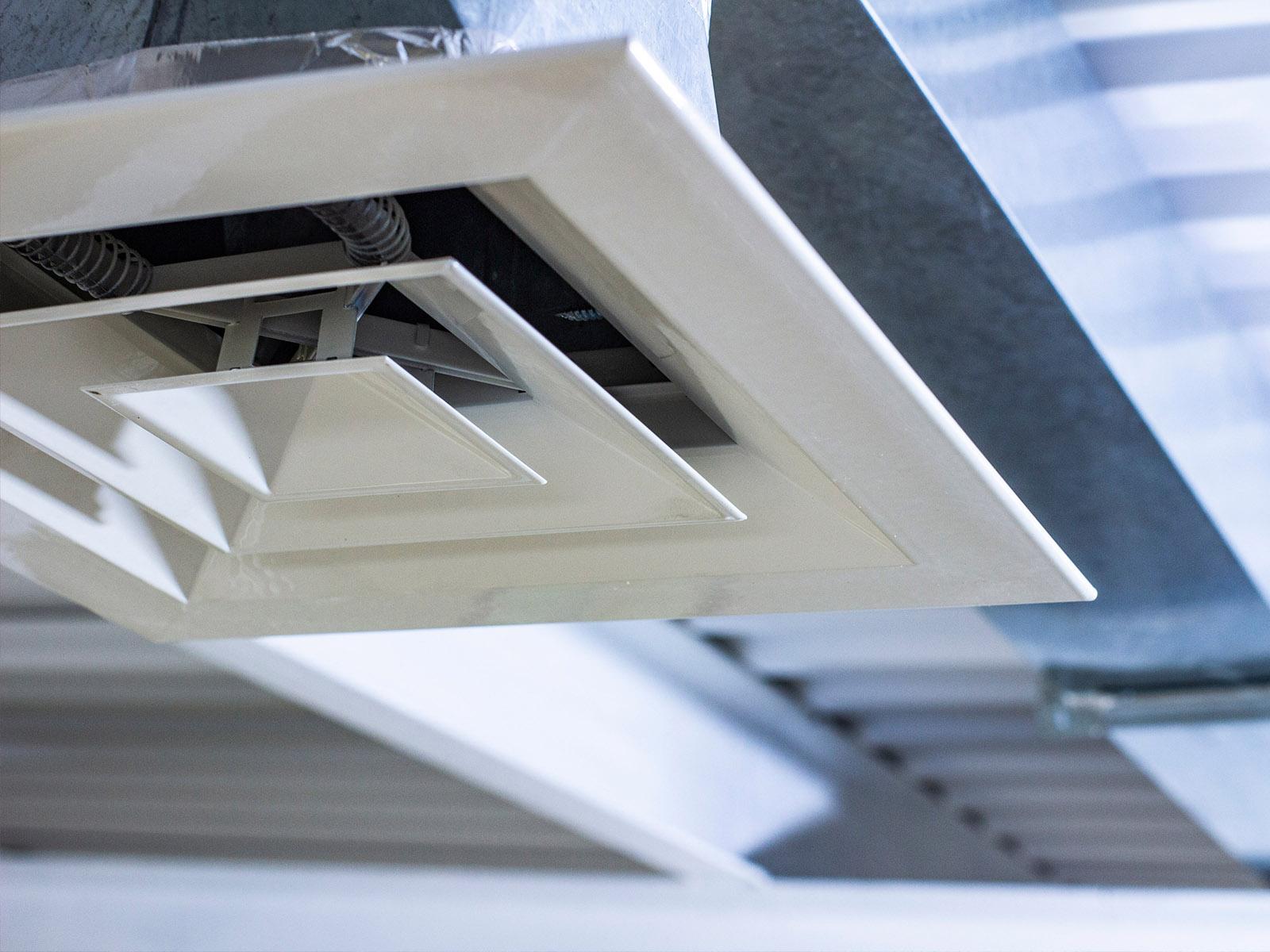
Getting value from environmental data
Recently we’ve been upgrading the Purrmetrix web service to integrate new analytics and upgrade some of the features that make it easier to work with your data.
This blog is about introducing a couple of new analytics – on ventilation rate and condensation risk – both of which make sense of a lot of data from environmental sensors to deliver a metric that can drive action.
(Later in the week we’ll also take the opportunity to remind you of some old friends in the analytics menu – one thing that we have learnt from chatting to users is that heat maps and graph views are doing a lot of heavy lifting in our account. We love graphs and heat maps, but if you’re investigating a problem building, or trying to benchmark performance, there are quicker and simpler ways to interpret Purrmetrix data using some of our other views.)
For now though let’s talk about new analytics in account and what they mean for anyone in charge of a commercial, educational or residential estate.
Ventilation rate
COVID has taught us that ventilation indoors is crucial for our health; as a result CO2 monitoring in schools and workplaces is now becoming popular. But absolute CO2 numbers only tell you part of the picture – a high CO2 number may be a temporary result of too many people in a space. Or it may be a small number of people in a space which has very bad ventilation. The difference between the two is in how fast stale air is removed, and this is what our new ventilation rate analysis looks at.
By finding the data where the CO2 in a room is declining sharply we can make measurements of how quickly the air in a room is removed. This is an analysis that works particularly well for smaller, well populated rooms – living rooms in housing, meeting rooms or classrooms / lecture theatres, as well as break out zones, smaller offices or cafes. All we need are some people who will stay in the space long enough to breath out some CO2 and then leave.
The ventilation rate calculation takes a whole bunch of CO2 data and turns it into a single metric – an average for ‘air changes per hour’. This allows comparison across different sized rooms so that areas with poor ventilation really stand out.
Currently our ventilation rate analyses are still in beta, but for any customer who wishes to try out the initial calculation we would be happy to upgrade your account to beta for free. Just get in touch.
Condensation risk
Condensation and its buddy mould growth are an expensive and persistent problem with real impact on health. It’s a tricky problem for landlords for a couple of reasons. Firstly, it’s often a hidden issue: the first time a landlord may be aware of them is a tenant complaint once the problem has escalated to mould and fabric damage. Fixing the issue can then be a lengthy struggle. Secondly, sometimes the causes of condensation are related to tenant behaviour and sometimes to fabric so it’s very easy to apply the wrong fix for the problem.
Identifying homes with hidden condensation problems before it escalates saves time and money on extensive repairs and helps avoid any health problems for tenants. Better yet is identifying ‘at risk’ homes; houses that may not show a significant problem but where a change in circumstances (such as significant changes to fabric, adding to occupancy or reducing heating) could tip the house over into a more serious issue. Because condensation can be a localised problem its often hard to identify from a single point of measurement, and to get a rounded picture of what is going on analysis needs to be done from several points within a home, including high risk areas like bathrooms, kitchens and bedrooms.
Measuring several points in a home can make things complicated but our new condensation risk metric helps to simplify the process and deliver a metric that highlights risk areas and allows them to be benchmarked to track which interventions are working. The risk metric identifies the conditions needed for condensation and mould growth to occur and calculates the portion of time each area is at risk. It then allocates an overall high / medium / low score to the home based on the conditions seen and calls out the area that is worst performing.
For high risk homes, further investigations using other Purrmetrix views can give a good understanding of whether the problem is being driven by behaviour or fabric.
Analytics for housing – what’s next?
These new analytics will be available to all Purrmetrix customers on beta accounts (contact us for access) for the next few weeks, following which we will launch them into the pro level accounts.
We’re always open to talking to customers about how to get value out of environmental data. Whether it’s diagnosis of housing defects, insights into occupant behaviour or forecasts of the impact of retrofit / heat pump installations, we believe data will give clearer insights and help drive better actions. If you have a data challenge, please do get in touch.
